- Paslen (Solanum): Care, Photos, Species
- Care
- Photos
- Species
- Your Guide to Growing and Identifying Paslen
- Growing Paslen
- Identifying Paslen
- Cultivating Paslen
- Choosing the Right Location
- Preparing the Soil
- Planting Paslen
- Watering and Fertilizing
- Pruning and Training
- Pest and Disease Control
- Harvesting Paslen
- Conclusion
- Essential Tips for Paslen Care
- Common Paslen Species
- Identifying Different Paslen Varieties
- Paslen burbankii
- Paslen melongena
- Paslen lycopersicum
- Paslen dulcamara
- Paslen tuberosum
- Paslen Identification
- Characteristics
- Species
- Growing Conditions
- Conclusion
- Key Features for Recognizing Paslen
- Growing Paslen from Seeds
- 1. Collecting Seeds
- 2. Preparing the Seeds
- 3. Starting Seeds Indoors
- 4. Transplanting Seedlings
- 5. Caring for Paslen Plants
- 6. Harvesting Seeds
- Step-by-Step Guide to Starting Paslen from Seed
- Materials Needed:
- Step 1: Prepare the Seed Trays or Small Pots
- Step 2: Plant the Seeds
- Step 3: Cover the Seeds
- Step 4: Provide Moisture
- Step 5: Create a Mini Greenhouse
- Step 6: Provide Adequate Light
- Step 7: Maintain Moisture and Temperature
- Step 8: Remove the Cover
- Step 9: Transplant the Seedlings
- Step 10: Provide Care and Maintenance
- Q&A:
- What is Paslen (Solanum)?
- How do I care for Paslen plants?
- What are some common species of Paslen?
- Can I grow Paslen plants indoors?
- How long does it take for Paslen plants to bear fruit?
- What are some common problems faced when growing Paslen plants?
- Can I propagate Paslen plants from seeds?
- Video: #DogeToTheEarth | GetYourGuide
Paslen, also known as Solanum, is a beautiful flowering plant that belongs to the family Solanaceae. With its stunning blooms and easy care requirements, Paslen is a popular choice for garden enthusiasts worldwide. This article will serve as your comprehensive guide to growing and identifying Paslen, providing you with all the information you need to cultivate and appreciate this lovely plant.
One of the key factors contributing to the popularity of Paslen is its ease of care. This plant thrives in well-draining soil and requires regular watering to keep the soil moist, but not waterlogged. Paslen can be grown both indoors and outdoors, making it a versatile option for gardeners with different growing conditions. It is also relatively resistant to pests and diseases, making it a low-maintenance plant that is suitable for beginners.
The striking blooms of Paslen are another reason why it is highly sought after by gardeners. The flowers range in color from vibrant shades of purple and blue to delicate tones of pink and white. Some species even produce bi-colored or striped flowers, adding an extra element of visual interest to your garden. The flowers are typically star-shaped with prominent yellow stamens, creating a beautiful contrast against the colorful petals.
Identifying Paslen can be done through several key characteristics. The plant usually has lobed or entire leaves and a bushy or vine-like growth habit, depending on the species. The stems are often covered in small prickles, which serve as a natural defense mechanism against herbivores. Paslen plants can grow up to several feet in height, with some species reaching up to six feet or more. These traits, combined with the unique blooms, make Paslen easily recognizable in any garden or landscape.
In conclusion, Paslen is a stunning flowering plant that is easy to grow and identify. With its beautiful blooms and low-maintenance nature, Paslen is a great addition to any garden or indoor space. Whether you are a seasoned gardener or a beginner, this guide will provide you with all the information you need to successfully cultivate and enjoy Paslen.
Paslen (Solanum): Care, Photos, Species
Care
Paslen, also known as Solanum, is a genus of flowering plants in the nightshade family. Here are some care tips for growing Paslen:
- Light: Paslen plants require full sun to partial shade. Place them in a location that receives at least 6 hours of direct sunlight per day.
- Soil: Paslen plants prefer well-draining soil with a pH level of 5.5 to 7.5. Amend heavy clay soil with organic matter to improve drainage.
- Water: Water Paslen plants regularly to keep the soil evenly moist. Avoid overwatering, as it can lead to root rot. Allow the top inch of soil to dry out before watering again.
- Fertilizer: Feed Paslen plants with a balanced fertilizer once a month during the growing season. Follow the package instructions for application rates.
- Pruning: Prune Paslen plants in early spring to remove dead or damaged branches. This will promote air circulation and prevent disease.
- Pests and Diseases: Paslen plants are relatively pest and disease resistant. However, they can occasionally be affected by aphids, whiteflies, or powdery mildew. Treat with organic insecticides or fungicides as needed.
Photos
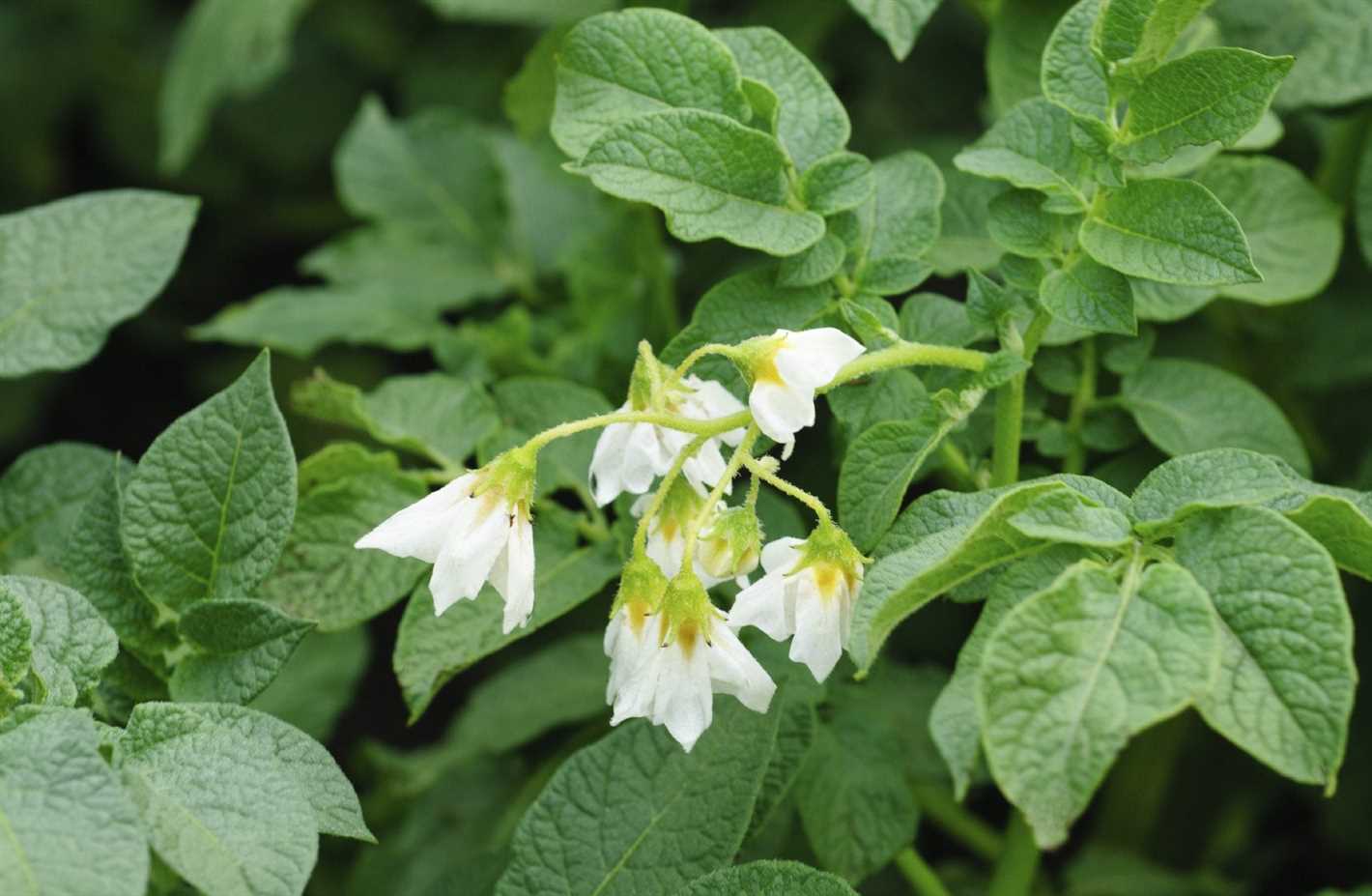
Here are some photos of Paslen plants:
 |  |  |
Species
There are several species of Paslen, each with its own unique characteristics. Some common species include:
- Paslen melongena: Also known as the eggplant or aubergine, this species produces edible fruits that are often used in cooking.
- Paslen nigrum: Commonly known as black nightshade, this species is a weed that can be found in many parts of the world.
- Paslen dulcamara: Also called bitter nightshade, this species is a perennial vine that produces beautiful purple flowers.
These are just a few examples of the many species of Paslen. Each species has its own unique requirements and characteristics, so be sure to research the specific species you are interested in growing.
Your Guide to Growing and Identifying Paslen
Growing Paslen
Paslen, also known as Solanum, is a group of plants that are popular among gardeners for their beautiful flowers and easy care. Here are some tips for growing paslen:
- Choose a location: Paslen prefers a sunny spot with well-draining soil. Make sure the soil is fertile and rich in organic matter.
- Planting: You can start paslen from seeds or purchase young plants from nurseries. If you are starting from seeds, sow them directly in the garden after the last frost date.
- Watering: Keep the soil evenly moist but not waterlogged. Paslen plants require regular watering, especially during dry periods.
- Fertilizing: Apply a balanced fertilizer once a month during the growing season to promote healthy growth and abundant blooms.
- Pruning: Remove dead or damaged branches to maintain the plant’s shape and promote air circulation. Pruning also helps improve flowering.
- Pest and disease control: Paslen plants are generally resistant to pests and diseases, but keep an eye out for aphids, whiteflies, and fungal infections. Treat any issues promptly to prevent spread.
Identifying Paslen
Identifying paslen plants can be done by examining their key characteristics:
- Leaves: Paslen leaves are usually green and can be either smooth or slightly hairy. The shape of the leaves varies depending on the species.
- Flowers: Paslen flowers come in a wide range of colors, including purple, blue, white, and yellow. They typically have five petals and are arranged in clusters.
- Fruits: After flowering, paslen plants produce small, round fruits that are green when immature and turn yellow or red as they ripen. The fruits are not typically consumed by humans.
- Height: Paslen plants can range in height from small shrubs to tall vines, depending on the species.
| Light | Soil | Watering | Fertilizer | Pruning |
|---|---|---|---|---|
| Full sun | Well-draining | Regular | Monthly | Remove dead or damaged branches |
With these tips and information, you can successfully grow and identify paslen plants in your garden. Enjoy their beautiful flowers and easy care!
Cultivating Paslen
Paslen, also known as Solanum, is a versatile plant that can be grown in various environments. Whether you want to cultivate it indoors or outdoors, here are some essential tips to help you successfully grow and care for Paslen plants.
Choosing the Right Location
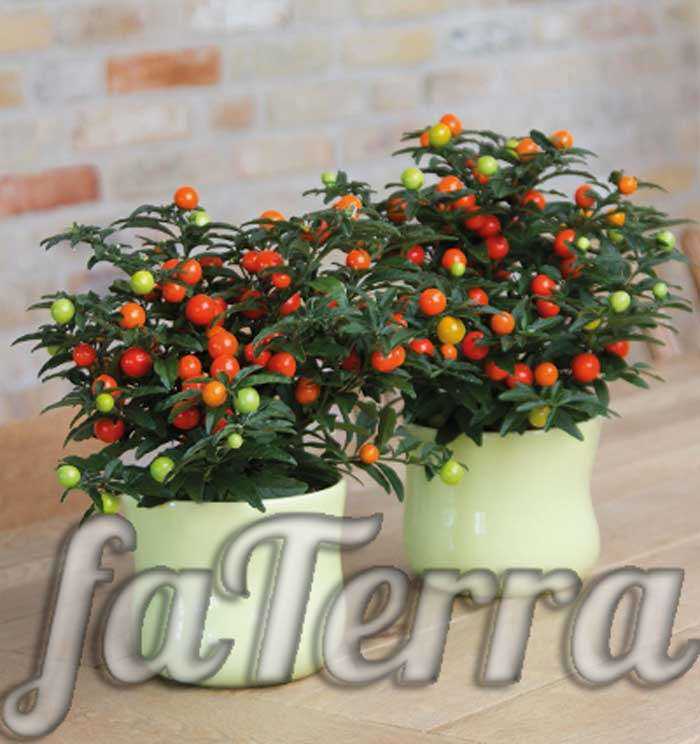
When deciding where to plant your Paslen, it’s crucial to consider its light requirements. Paslen plants thrive in full sun and need at least six to eight hours of direct sunlight each day. Therefore, choose a location that receives ample sunshine, such as a south-facing area in your garden.
Preparing the Soil
Paslen plants prefer well-draining soil with a slightly acidic to neutral pH level. Before planting, prepare the soil by removing any weeds, rocks, or debris. Mix in organic matter, such as compost or aged manure, to improve drainage and nutrient content.
Planting Paslen
Plant Paslen seedlings or seeds in the prepared soil after the danger of frost has passed. Dig a hole that is wide and deep enough to accommodate the plant’s root ball. Space the plants about 2 to 3 feet apart to allow for proper air circulation and growth. Gently place the plant in the hole and cover the roots with soil, patting it down lightly.
Watering and Fertilizing
Once planted, water the Paslen thoroughly to promote root establishment. Afterward, water the plant regularly, keeping the soil consistently moist but not waterlogged. Avoid overwatering, as it can lead to root rot. Fertilize the Paslen every two to three weeks during the growing season using a balanced, water-soluble fertilizer. Follow the package instructions for application rates.
Pruning and Training
Paslen plants tend to grow tall and can become leggy. To encourage compact growth and prevent the plant from becoming too sparse, prune the Paslen regularly. Pinch back the tips of the stems and remove any dead or damaged foliage. You can also provide support, such as stakes or a trellis, to train the Paslen to grow vertically.
Pest and Disease Control
Paslen plants are susceptible to various pests and diseases, including aphids, whiteflies, and fungal infections. Monitor your plants regularly and take prompt action at the first sign of infestation or disease. Use organic insecticides or fungicides as necessary, following the instructions provided.
Harvesting Paslen
Paslen plants produce small, edible fruits that resemble cherry tomatoes. Harvest the fruits when they are fully ripe and have reached their desired color. Gently twist or cut the fruits from the plant, being careful not to damage the stems or neighboring fruits. Enjoy them fresh or use them in various culinary preparations.
Conclusion
Cultivating Paslen can be a rewarding experience for gardeners of all skill levels. With the right location, soil preparation, and care, you can grow healthy and productive Paslen plants. Remember to provide adequate sunlight, water regularly, and address any pest or disease issues promptly. Enjoy the beauty and deliciousness of Paslen in your garden!
Essential Tips for Paslen Care
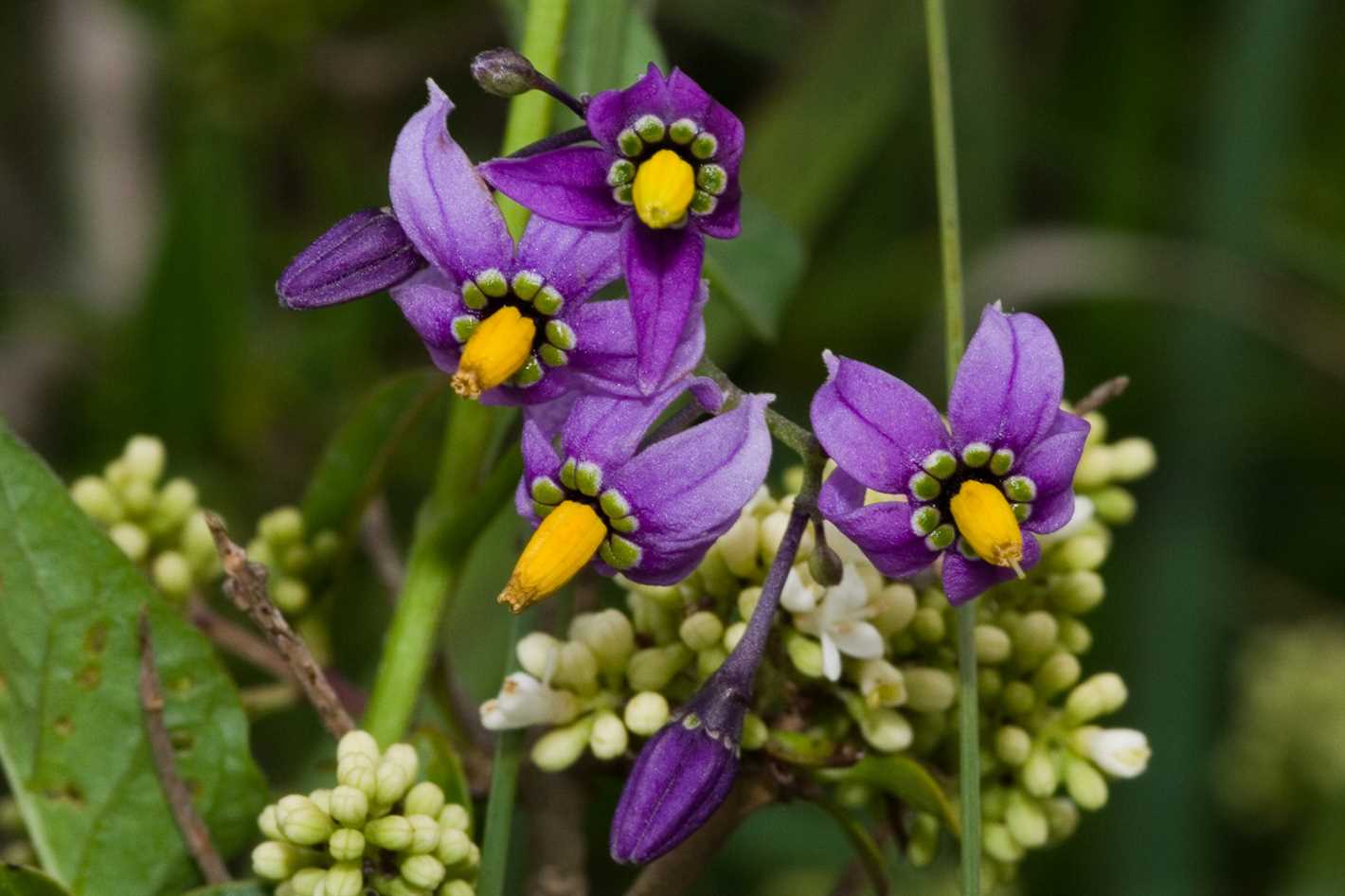
- Choose a well-draining soil for your paslen plant. It prefers slightly acidic to neutral soil pH levels.
- Plant your paslen in a location that receives full sun for at least 6-8 hours per day.
- Water your paslen regularly, keeping the soil evenly moist but not waterlogged. Avoid overwatering as it can lead to root rot.
- Apply a balanced fertilizer to your paslen once a month during the growing season to promote healthy growth.
- Prune your paslen regularly to maintain its shape and encourage bushier growth. Remove any dead or diseased branches to prevent the spread of diseases.
- Protect your paslen from strong winds, as it can easily break its branches.
- Monitor your paslen for common pests such as aphids, whiteflies, and spider mites. Use organic insecticides or natural pest control methods to keep them at bay.
- Harvest ripe paslen fruits by gently twisting the stems. They are usually ready to harvest when they turn yellow or orange and feel slightly soft.
By following these essential tips, you can ensure that your paslen plant thrives and produces beautiful fruits. Enjoy the process of growing and caring for your paslen!
Common Paslen Species
- Paslen Species 1
- Paslen Species 2
- Paslen Species 3
- Paslen Species 4
This species of Paslen has green leaves and small purple flowers. It is commonly found in temperate regions.
This species of Paslen has red leaves and yellow flowers. It is native to tropical regions and requires warm temperatures to thrive.
This species of Paslen has large, hairy leaves and white flowers. It can be found in both temperate and tropical regions.
This species of Paslen is characterized by its yellow-green leaves and small blue flowers. It is commonly used as an ornamental plant in gardens.
Identifying Different Paslen Varieties
Paslen is a genus of flowering plants belonging to the Solanaceae family. It consists of various species, each with its own distinctive characteristics. Here are some of the popular Paslen varieties:
Paslen burbankii
- This variety is known for its small, round fruits that generally have a yellow or orange color.
- The leaves of Paslen burbankii are usually small to medium-sized and have a dark green color.
- It is a relatively compact plant and is often grown as an ornamental shrub.
Paslen melongena
- Also known as eggplant or aubergine, this variety is cultivated for its edible fruit.
- The fruits of Paslen melongena come in various shapes and sizes, ranging from small, round varieties to elongated ones.
- The color of the fruit can range from purple, green, white, or even striped.
- The leaves are large and broad, with a slightly fuzzy texture.
Paslen lycopersicum
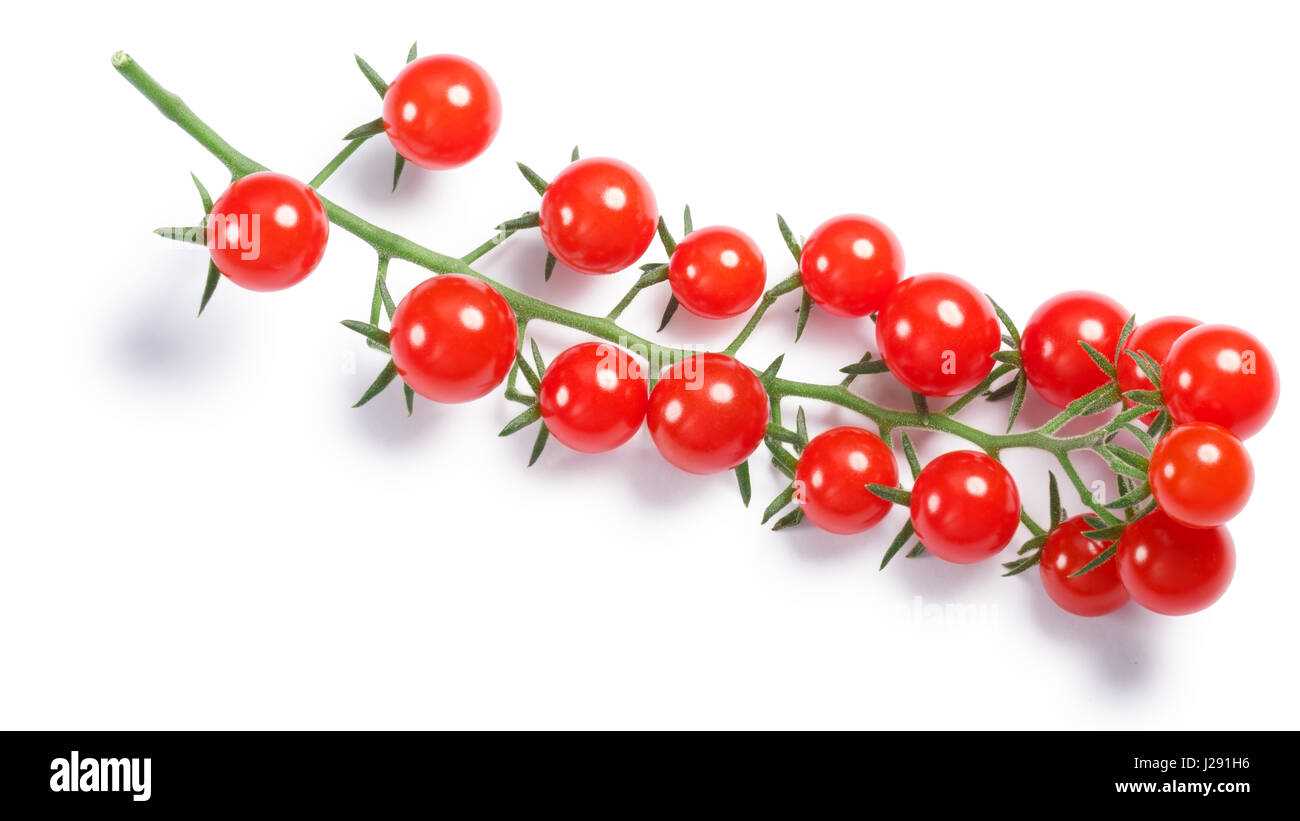
- This variety is commonly known as tomato and is widely cultivated as a food crop.
- Paslen lycopersicum fruits come in a variety of colors, including red, yellow, orange, and even purple.
- The leaves are typically medium-sized and have a slightly serrated edge.
Paslen dulcamara
- Also known as bittersweet nightshade, this variety is a woody vine.
- Paslen dulcamara has small, purple flowers and elongated, red berries.
- The leaves are ovate with a pointed tip and have a unique purple coloration on the underside.
Paslen tuberosum
- This variety is commonly known as potato and is cultivated for its starchy tubers.
- Paslen tuberosum plants have small, white or purple flowers and produce underground tubers that vary in size and shape.
- The leaves are compound, with leaflets that have a smooth edge.
These are just a few examples of the many Paslen varieties that exist. Each variety has its own unique characteristics and uses, making Paslen a diverse genus of plants.
Paslen Identification
Paslen, or Solanum, is a genus of flowering plants in the nightshade family, Solanaceae. There are more than 1,000 known species of paslen, making it one of the largest genera in the family. Here, we will take a closer look at how to identify paslen plants.
Characteristics
Paslen plants can vary greatly in size, shape, and color, but they generally share some common characteristics. Here are a few key features to look out for:
- Leaves: Paslen plants have simple, alternate leaves that are usually oval or lanceolate in shape. The leaves can be smooth or slightly hairy.
- Flowers: Paslen flowers are typically small and star-shaped, with five petals. They can be white, purple, blue, or yellow in color, depending on the species.
- Fruit: Paslen plants produce berries that are often round or oval in shape. The color of the fruit can vary from green to red or black.
- Stems: Paslen stems are usually herbaceous, but some species have woody stems.
Species
With over 1,000 known species, it can be challenging to identify specific types of paslen. However, some popular species include:
- Solanum melongena (Eggplant): This species is cultivated for its edible fruit, which is commonly known as eggplant or aubergine.
- Solanum lycopersicum (Tomato): Tomatoes are a popular garden plant and are also cultivated for their edible fruit.
- Solanum tuberosum (Potato): Potatoes are a staple food crop around the world and are grown for their starchy tubers.
Growing Conditions
Paslen plants are relatively easy to grow and can thrive in a variety of conditions. They prefer full sun but can tolerate partial shade. Paslen plants also require well-draining soil and regular watering.
Conclusion
Identifying paslen plants can be challenging due to the large number of species in the genus. However, by paying attention to their characteristic features and understanding their growing conditions, you can begin to identify different types of paslen. Whether you’re growing them for their edible fruits or simply to enjoy their beautiful flowers, paslen plants can be a rewarding addition to your garden.
Key Features for Recognizing Paslen
Paslen, also known as Solanum, is a genus of plants in the nightshade family. There are several key features that can help you recognize a Paslen plant:
- The plants of the Paslen genus are herbaceous perennials or sub-shrubs with woody stems. They can grow up to 1–1.5 meters in height.
- The leaves of Paslen are alternate, simple, and can be entire or lobed. They are usually ovate to elliptical in shape and have 3–5 main veins.
- One of the most distinctive features of Paslen plants is the presence of prickles on the stems, leaves, and even on the calyx of the flowers. These prickles can vary in size and density depending on the species.
- The flowers of Paslen are typically star-shaped and have 5 petals. They can be white, purple, or yellow in color.
- Another important feature for recognizing Paslen is the fruit. The fruit is a berry, which is typically green when unripe and turns orange or yellow when ripe. The berries are often small and edible.
Paslen plants are found in various habitats, including tropical and subtropical regions. They are commonly grown as ornamental plants in gardens due to their attractive flowers and fruits. Some species of Paslen are also cultivated for their edible fruits.
Growing Paslen from Seeds
Starting paslen plants from seeds is an easy and cost-effective way to add these beautiful plants to your garden. Here is a step-by-step guide to help you successfully grow paslen from seeds:
1. Collecting Seeds
Begin by collecting mature paslen berries from a healthy plant. Harvest the berries when they turn a deep red color. Cut the berry open and scoop out the seeds with a spoon. Rinse the seeds with water to remove any remaining berry pulp.
2. Preparing the Seeds
After rinsing, place the seeds on a paper towel to dry. Once dry, store the seeds in a cool, dry place until you are ready to plant.
3. Starting Seeds Indoors
When the weather is still cool, start the paslen seeds indoors. Fill a seed tray or pots with well-draining potting soil. Plant the seeds about 1/4 inch deep, spacing them about 2 inches apart. Lightly water the soil to keep it moist but not soggy.
4. Transplanting Seedlings
After about 6 to 8 weeks, the seedlings will be ready to transplant outdoors. Choose a sunny location with well-draining soil. Dig holes that are slightly larger than the root ball of each seedling. Carefully remove the seedlings from the seed tray or pots and place them in the prepared holes. Gently press the soil around the seedlings to secure them.
5. Caring for Paslen Plants
Water the newly transplanted seedlings well and continue to keep the soil moist as they establish. Once the plants are established, water them regularly, allowing the top inch of soil to dry out between waterings. Apply a balanced fertilizer every 4 to 6 weeks to promote healthy growth.
6. Harvesting Seeds
After the plants have flowered and produced berries, the berries will ripen and turn red. Harvest the berries and collect the seeds as described in step 1. Repeat the process to grow more paslen plants.
By following these steps, you can successfully grow paslen from seeds and enjoy the vibrant colors and unique foliage of these plants in your garden.
Step-by-Step Guide to Starting Paslen from Seed
Starting paslen from seed is a rewarding and relatively easy process. Follow these simple steps to successfully grow paslen plants from seed:
Materials Needed:
- Paslen seeds
- Potting soil
- Seed trays or small pots
- Watering can or spray bottle
- Plastic wrap or a clear plastic dome
- Grow lights or a sunny windowsill
Step 1: Prepare the Seed Trays or Small Pots
Fill the seed trays or small pots with high-quality potting soil. Make sure the soil is moist but not soaking wet.
Step 2: Plant the Seeds
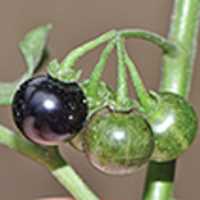
Plant the paslen seeds about 1/4 inch deep in the soil. Space them about 1 inch apart to allow room for growth.
Step 3: Cover the Seeds
Cover the seeds with a thin layer of soil and lightly press down to ensure good soil-to-seed contact.
Step 4: Provide Moisture
Water the soil gently using a watering can or spray bottle. Be careful not to overwater, as excessive moisture can cause the seeds to rot.
Step 5: Create a Mini Greenhouse
Place a clear plastic dome or plastic wrap over the seed trays or pots to create a mini greenhouse effect. This helps to maintain humidity and moisture levels.
Step 6: Provide Adequate Light
Place the seed trays or pots in a location that receives bright, indirect light. If using grow lights, position them about 6-8 inches above the seedlings.
Step 7: Maintain Moisture and Temperature
Monitor the moisture levels of the soil and mist with water as needed to keep it slightly moist. Also, ensure the temperature remains between 70-75°F (21-24°C) for optimal germination.
Step 8: Remove the Cover
Once the seeds have sprouted and are about 2 inches tall, remove the plastic cover or wrap. This allows for better air circulation and prevents damping off.
Step 9: Transplant the Seedlings
When the seedlings have developed at least two sets of true leaves, they are ready to be transplanted into larger pots or the garden.
Step 10: Provide Care and Maintenance
Water the seedlings regularly, ensuring the soil remains evenly moist. Fertilize the plants every 2-3 weeks with a balanced fertilizer. Provide support, such as stakes or cages, as the plants grow tall.
By following these steps, you can enjoy the beauty and benefits of growing paslen plants from seed. Remember to be patient and provide the necessary care as they grow into healthy, productive plants.
Q&A:
What is Paslen (Solanum)?
Paslen, also known as Solanum, is a genus of plants that includes many known species such as tomatoes, potatoes, and eggplants.
How do I care for Paslen plants?
Paslen plants require regular watering, well-draining soil, and full sunlight. They also need to be protected from pests and diseases.
What are some common species of Paslen?
Some common species of Paslen include Solanum lycopersicum (tomato), Solanum tuberosum (potato), and Solanum melongena (eggplant).
Can I grow Paslen plants indoors?
Yes, it is possible to grow Paslen plants indoors if you provide them with enough sunlight and proper care. However, they generally thrive better in outdoor gardens.
How long does it take for Paslen plants to bear fruit?
The time it takes for Paslen plants to bear fruit depends on the specific species and growing conditions. On average, it can take anywhere from a few weeks to a few months.
What are some common problems faced when growing Paslen plants?
Some common problems faced when growing Paslen plants include pests like aphids and diseases like tomato blight. Overwatering and nutrient deficiencies can also cause issues.
Can I propagate Paslen plants from seeds?
Yes, Paslen plants can be propagated from seeds. You can collect seeds from ripe fruits and sow them in well-prepared soil. However, keep in mind that some Paslen species are easier to propagate from cuttings or through grafting.
Video:
#DogeToTheEarth | GetYourGuide







